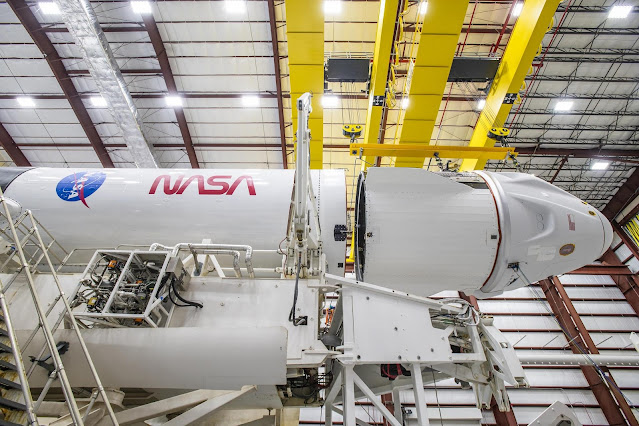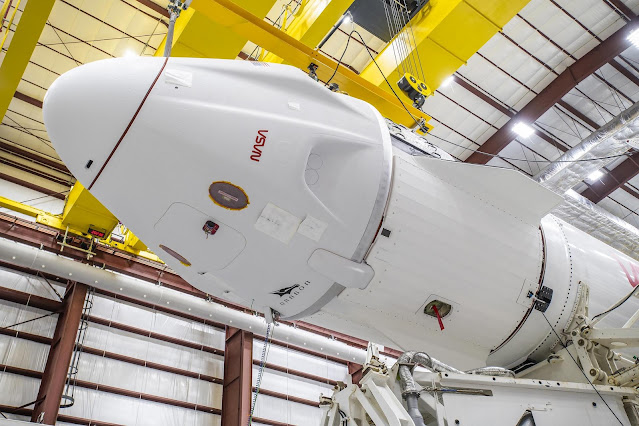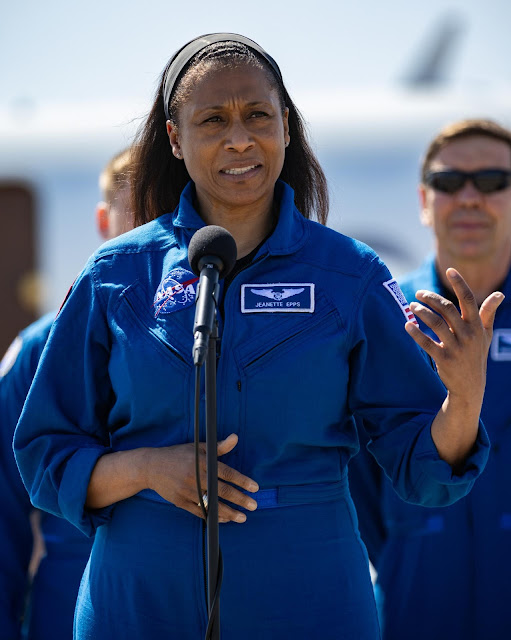Listen to the Universe: New NASA Sonifications & Documentary | NASA Chandra
Three new sonifications of images from NASA’s Chandra X-ray Observatory and other telescopes have been released. Sonification is the process of translating data into sounds. In the case of Chandra and other telescopes, scientific data are collected from space as digital signals that are commonly turned into visual imagery. The sonification project takes these data through another step of mapping the information into sound.
The three new sonifications feature different objects observed by NASA telescopes.
1) IC 443 is a supernova remnant, or the debris of an exploded star, which astronomers have nicknamed the Jellyfish Nebula. A visual composite image of IC 443 includes X-rays from NASA’s Chandra X-ray Observatory, and the German ROSAT X-ray telescope, along with radio data from the NSF’s Very Large Array, and optical data from the Digitized Sky Survey. The sounds in the sonification of IC 443 sounds are mapped to colors in the image with red colors heard as lower pitches, green as medium pitches, and the blue light as the higher pitches. This creates notes that sweep up and down in pitch continuously. The background stars in the optical image have been converted to water drop sounds in the sonification.
2) Messier 74 is a spiral galaxy like our Milky Way. It is seen face-on from Earth’s vantage point some 32 million light-years away. In the image, X-rays from Chandra have been combined with an infrared view of M74 from NASA’s James Webb Space Telescope as well as optical data from NASA’s Hubble Space Telescope. In sonifying these data, the Chandra sources correspond to relatively high musical pitches of glassy, ethereal clear plucked sounds. The Webb data are represented by low, medium, and high frequency ranges of pitches respectively and the brightest stars are percussive sounds. The Hubble data have been turned into breathy synthesizer sounds, along with thin, metallic plucked sounds for bright stars and clusters.
3) The third new sonification is of MSH 15-52, a cloud of energized particles blown away from a dead, collapsed star. This image includes X-rays from the Imaging X-ray Polarimetry Explorer, or IXPE, as well as Chandra. These data have been combined with infrared data from the Dark Energy Plane Survey 2. In sound, the scan goes from the bottom to the top. The brightness of the Chandra data of the cloud have been converted into rough string-like sounds. The blast wave is represented by a range of pitches of firework-type noises. The IXPE data are heard as wind-like sounds. The infrared data are mapped to musical pitches of a synthesizer sound.
Video Credit: NASA's Chandra X-ray Observatory
Duration: 3 minutes, 32 seconds
Release Date: Feb. 28, 2024
#NASA #ESA #Astronomy #Space #Hubble #Webb #IC443 #SupernovaRemnant #JellyfishNebula #Messier74 #SpiralGalaxy #Galaxies #MSH1552 #Cosmos #Universe #IXPE #Chandra #Xray #SpaceTelescopes #CSA #JPL #GSFC #STScI #UnitedStates #Canada #Europe #STEM #Education #Sonification #Audio #HD #Video



















RD.jpg)
.jpg)
